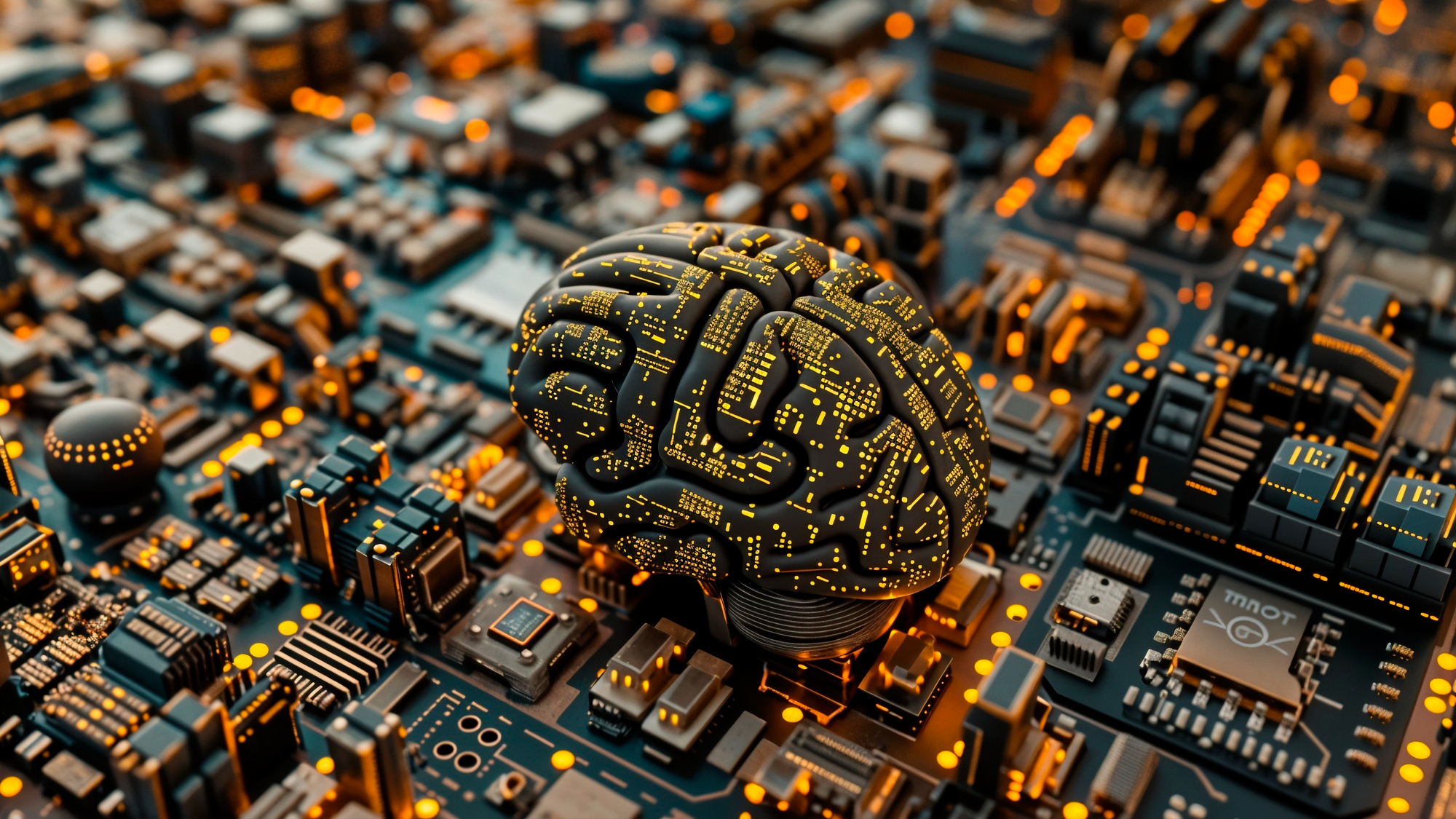| Computational Model |
Utilizes quantum circuits with qubits operating in superposition and entanglement, enabling parallel processing of multiple states in a quantum Hilbert space. |
Relies on classical bits (0 or 1) with deterministic computations, processing data sequentially or in parallel using traditional hardware architectures. |
| Hardware Requirements |
Requires quantum computers (e.g., IBM Quantum, Google Sycamore, D-Wave) or quantum simulators running on classical hardware, often limited by current noisy intermediate-scale quantum (NISQ) devices. |
Operates on widely available classical hardware like CPUs, GPUs (e.g., NVIDIA), or specialized TPUs, with mature and scalable infrastructure. |
| Data Representation |
Encodes data into quantum states within high-dimensional Hilbert spaces, leveraging quantum properties like superposition for exponentially large state spaces. |
Represents data as vectors or matrices in Euclidean spaces, limited by classical dimensionality constraints and requiring explicit feature engineering. |
| Speed & Efficiency |
Offers potential exponential speedup for specific problems (e.g., quantum chemistry simulations, molecular energy calculations) due to quantum parallelism, but limited by current hardware noise. |
Scales linearly or polynomially, often slower for high-dimensional or complex datasets like molecular structures, but benefits from optimized algorithms and hardware. |
| Key Algorithms |
Includes Variational Quantum Eigensolver (VQE), Quantum Support Vector Machines (QSVM), Quantum Approximate Optimization Algorithm (QAOA), and quantum neural networks tailored for quantum systems. |
Employs well-established algorithms like linear regression, logistic regression, deep neural networks, support vector machines, decision trees, and ensemble methods (e.g., Random Forest, XGBoost). |
| Drug Discovery Applications |
Excels in molecular energy prediction, quantum feature embeddings for compound classification, drug-target interaction modeling, and optimization of lead compounds using quantum circuits. |
Used for statistical modeling, quantitative structure-activity relationship (QSAR) analysis, classical feature extraction, and predictive modeling of drug efficacy and toxicity. |
| Scalability |
Currently constrained by NISQ device limitations (e.g., limited qubits, coherence times), making large-scale applications challenging without fault-tolerant quantum computers. |
Highly scalable with cloud computing (e.g., AWS, Google Cloud) and optimized frameworks, supporting large datasets and complex models in production environments. |
| Noise & Error Handling |
Susceptible to quantum noise, decoherence, and gate errors, requiring error mitigation techniques or hybrid quantum-classical approaches to achieve reliable results. |
Robust to hardware errors, with mature error correction in software (e.g., numerical stability) and reliable performance on stable classical hardware. |
| Development Tools |
Supported by quantum-specific libraries like PennyLane, Qiskit, TensorFlow Quantum, and Cirq, designed for hybrid quantum-classical workflows and quantum circuit design. |
Backed by mature libraries like TensorFlow, PyTorch, Scikit-learn, Keras, and Pandas, with extensive community support and integration with data science ecosystems. |
| Learning Curve |
Steep, requiring knowledge of quantum mechanics, linear algebra, and quantum programming, with limited accessible resources for beginners. |
Moderate, with extensive tutorials, documentation, and community support; accessible to data scientists with standard programming and ML knowledge. |
| Current Maturity |
Experimental, with early-stage applications in research (e.g., proof-of-concept drug discovery at Astra Vida), limited by hardware and algorithm maturity. |
Mature, widely deployed across industries (e.g., healthcare, finance, tech) with proven applications in drug discovery, image recognition, and NLP. |
| Future Potential |
Poised to revolutionize fields like drug discovery by solving complex problems (e.g., protein folding, quantum molecular dynamics) once fault-tolerant quantum computers are available. |
Will see incremental improvements through better algorithms and hardware, but limited by classical computing constraints for exponentially complex problems. |
| Cost of Implementation |
High initial costs due to quantum hardware access (e.g., cloud-based quantum services) or simulator requirements, plus specialized expertise needed for development. |
Lower costs with accessible hardware, open-source libraries, and widespread expertise, making it cost-effective for most organizations. |
| Integration with Classical Systems |
Requires hybrid quantum-classical workflows, integrating quantum circuits with classical ML pipelines, which can be complex and less standardized. |
Seamlessly integrates with existing data pipelines, cloud platforms, and classical software ecosystems, with standardized tools and APIs. |
| Example Use Case in Drug Discovery |
Using VQE to predict ground-state energy of molecules like H₂ or simulating drug-target binding affinities with quantum feature embeddings for improved accuracy. |
Applying deep learning to predict drug toxicity or using QSAR models to identify potential lead compounds from large chemical libraries. |

